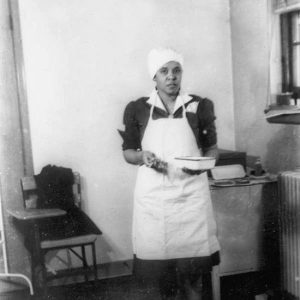 Mamie Hale
Mamie Hale
County: Crittenden - Starting with H
 Mamie Hale
Mamie Hale
Hallelujah
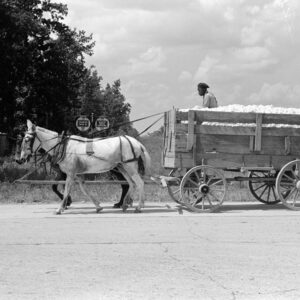 Hauling Cotton
Hauling Cotton
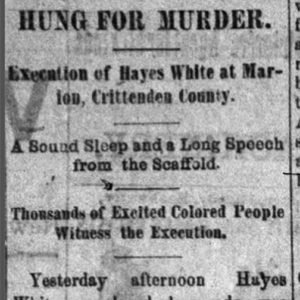 White Hayes (Execution of)
White Hayes (Execution of)
 Hernando de Soto Bridge
Hernando de Soto Bridge
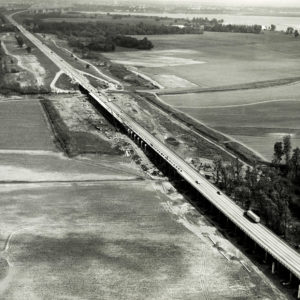 Highway 70 Bridge
Highway 70 Bridge
Hodges, Asa
 Asa Hodges
Asa Hodges
Hopefield (Crittenden County)
Hopefield, Burning of
 Horseshoe Lake
Horseshoe Lake
Horseshoe Lake (Crittenden County)
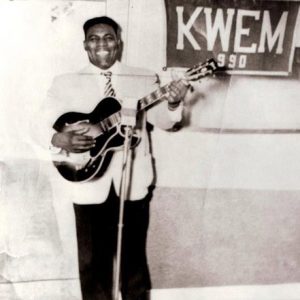 Howlin' Wolf
Howlin' Wolf
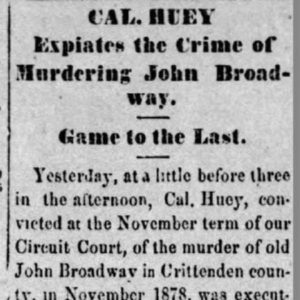 Huey Execution Article
Huey Execution Article




